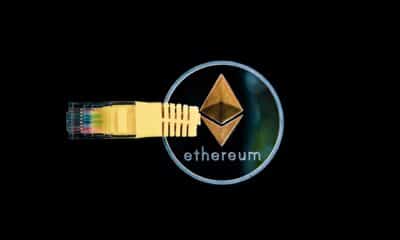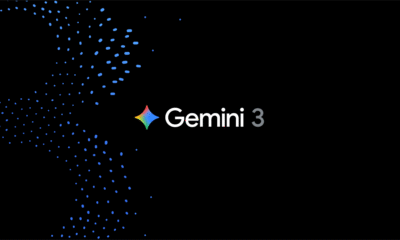Cryptocurrency
JP Morgan Enters Stablecoin Arena with JPMD Token as Senate Passes GENIUS Act
In a significant shake-up to the digital finance landscape, JP Morgan is entering the stablecoin spotlight with JPMD, a new permissioned deposit token launching on Base, the public blockchain developed by Coinbase. The move coincides with the Senate’s passage of the GENIUS Act, a landmark piece of stablecoin regulation aimed at standardizing digital dollar assets across the U.S. financial system.
JPMD isn’t just another stablecoin. It’s a strategic bridge between traditional banking and public blockchain ecosystems, offering 24/7 low-cost transactions, institutional-grade security, and access to tokenized real-world assets. Built under Kinexys by JP Morgan, the token seeks to redefine digital settlement infrastructure for institutional clients, including asset managers, banks, and fintechs. “JPMD is intended to enhance the global digital payments ecosystem by bringing trusted financial infrastructure onto public blockchain,” the bank said in a statement.
Why Base? Why Now?
While most public blockchains remain off-limits to regulated banks due to compliance concerns, Base represents a regulatory gray zone that JP Morgan can exploit. It’s only partially decentralized, featuring a Security Council that can respond to risks—making it more attractive to cautious institutions.
The timing is no accident. With the GENIUS Act setting clearer rules around stablecoins, traditional banks are now empowered to compete with crypto-native firms like Circle and Tether. The Act addresses concerns over reserve backing, redemption guarantees, and operational transparency, giving banks the green light to explore blockchain-based money.
The JPMD Advantage
Compared to stablecoins, JPMD offers key perks for large institutions:
-
Permissioned Access: Only whitelisted institutions can interact, reducing compliance risk.
-
Real-Time Settlement: Transactions happen 24/7 at near-zero cost.
-
Integration with RWA Platforms: Ties into BlackRock’s BUIDL, Franklin Templeton’s BENJI, and tokenized collateral pilots.
-
Liquidity Efficiency: Removes the need for holding fragmented stablecoin reserves.
These features make JPMD especially useful in money market fund redemptions, on-chain collateral, and cross-border settlement areas where stablecoins have historically dominated.
Regulatory Hurdles Remain
However, JP Morgan’s public blockchain foray comes with a caveat: Basel Committee regulations still classify permissionless blockchain tokens, such as JPMD, as high-risk. Whether the U.S. implements these rules in 2026 remains unclear. If not, JPMD could enjoy a regulatory advantage over competitors.
“The GENIUS Act is a defining step in legitimising stablecoins as a cornerstone of the digital financial system. Stablecoins are not only critical to on-chain liquidity and real-time settlements, but they also serve as a gateway to broader crypto adoption. With clear regulatory guardrails now in motion, the U.S. is creating the right conditions for stablecoins to scale responsibly, unlocking their potential in payments, DeFi, and beyond.” Raj Karkara, ZebPay.
The Bigger Picture
As Circle and Coinbase dominate the current stablecoin ecosystem with USDC, JP Morgan’s move could disrupt the status quo, especially as Coinbase is a long-standing client and now partner in the JPMD launch. “JPMD would provide additional optionality to institutions beyond USDC,” said Naveen Mallela, Global Co-Head of Kinexys by JP Morgan.
With JPMD’s debut and the GENIUS Act now law, the future of digital cash is no longer just in the hands of crypto startups—it’s firmly in the crosshairs of Wall Street.









































